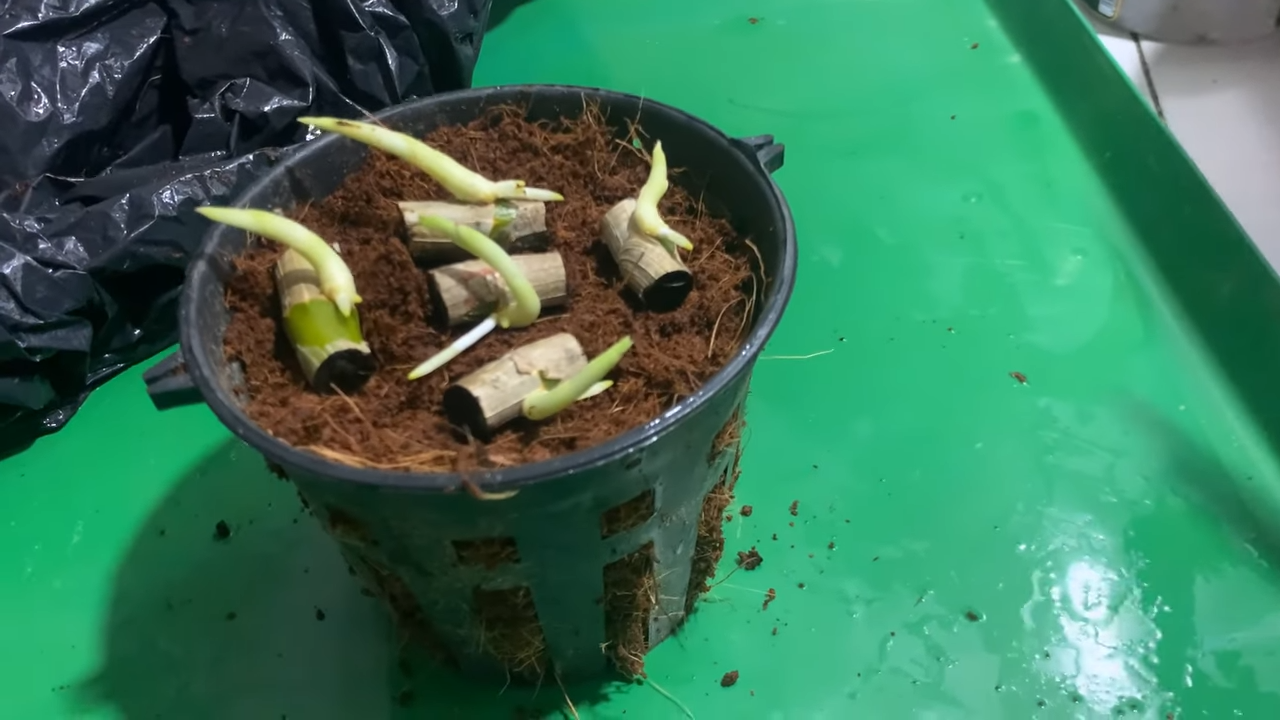Reviving a seemingly dead orchid can be a challenging but rewarding task. Here are some tips to help you revive dead orchids and encourage germination:
1. Assess the Orchid:
- Before attempting to revive the orchid, carefully examine its condition. Look for any signs of life such as green roots, new growth, or viable nodes along the stem. If the orchid appears completely dried out or rotted, revival may be more difficult.
2. Provide Proper Care:
- Place the orchid in a location with bright, indirect light. Avoid direct sunlight, as it can scorch the plant. Maintain a warm, humid environment, ideally between 60-80°F (15-27°C), with adequate air circulation.
- Water the orchid sparingly, allowing the potting medium to dry out slightly between waterings. Overwatering can lead to root rot, so err on the side of underwatering.
- Consider repotting the orchid in fresh orchid potting mix if the current medium is degraded or compacted. Trim any dead or rotted roots before repotting.
3. Encourage New Growth:
- Trim away any dead or dried-out parts of the orchid, including dead flower spikes or stems. This encourages the plant to focus its energy on new growth.
- Apply a diluted orchid fertilizer regularly to provide essential nutrients for growth. Follow the manufacturer’s instructions for dilution and frequency of application.
4. Be Patient:
- Reviving an orchid takes time and patience, as orchids are slow-growing plants. It may take several weeks or even months to see signs of improvement.
- Monitor the orchid closely for any changes in its condition. Look for new root growth, green shoots, or signs of hydration in the leaves.
5. Consider Propagation:
- If the orchid is severely damaged or appears beyond revival, consider propagating it through division or by taking stem cuttings. This allows you to salvage viable parts of the plant and start anew.
By following these tips and providing attentive care, you can increase the chances of reviving a seemingly dead orchid and encouraging new growth. Remember that each orchid is unique, so be patient and adjust your care based on the specific needs of your plant.
